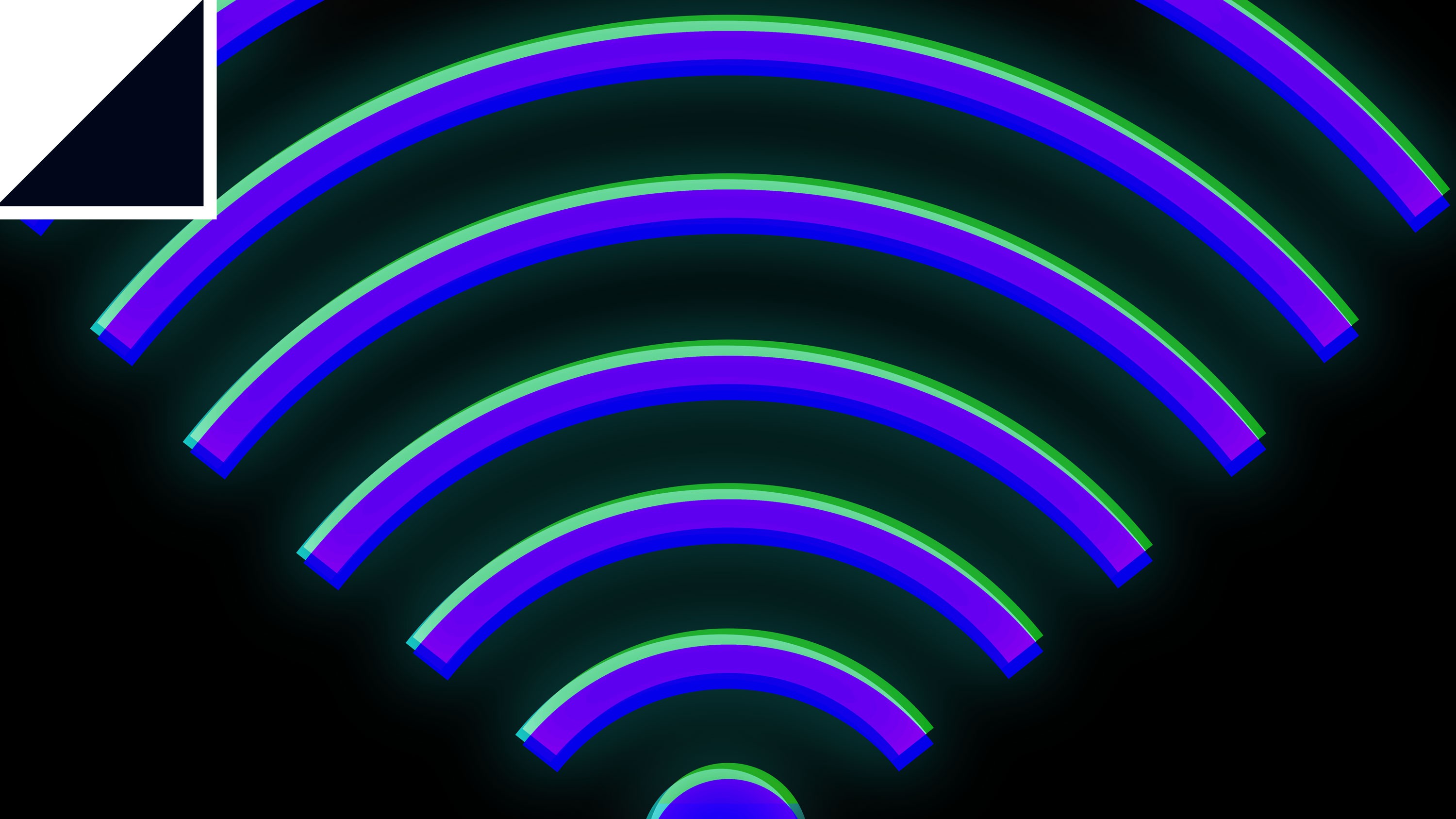Ready for 6G? How AI will shape the network of the future


The latest technology—the fifth generation of mobile standards, or 5G—is currently being deployed in select locations around the world. And that raises an obvious question. What factors will drive the development of the sixth generation of mobile technology? How will 6G differ from 5G, and what kinds of interactions and activity will it allow that won’t be possible with 5G?
Mobile-phone technology has changed the way humans understand and interact with the world and with each other. It’s hard to think of a technology that has more strongly shaped 21st-century living.
Today, we get an answer of sorts, thanks to the work of Razvan-Andrei Stoica and Giuseppe Abreu at Jacobs University Bremen in Germany. These guys have mapped out the limitations of 5G and the factors they think will drive the development of 6G. Their conclusion is that artificial intelligence will be the main driver of mobile technology and that 6G will be the enabling force behind an entirely new generation of applications for machine intelligence.
First some background. By any criteria, 5G is a significant advance on the previous 4G standards. The first 5G networks already offer download speeds of up to 600 megabits per second and have the potential to get significantly faster. By contrast, 4G generally operates at up to 28 Mbits/s—and most mobile-phone users will have experienced that rate grinding to zero from time to time, for reasons that aren’t always clear.
5G is obviously better in this respect and could even replace many landline connections.
But the most significant benefits go beyond these headline figures. 5G base stations, for example, are designed to handle up to a million connections, versus the 4,000 that 4G base stations can cope with. That should make a difference to communication at major gatherings such as sporting events, demonstrations, and so on, and it could enable all kinds of applications for the internet of things.
Then there is latency—the time it takes for signals to travel across the network. 5G is designed to have a latency of just a single millisecond, compared with 50 milliseconds or more on 4G. Any gamer will tell you how important that is, because it makes the remote control of gaming characters more responsive. But various telecoms operators have demonstrated how the same advantage makes it possible to control drones more accurately, and even to perform telesurgery using a mobile connection.
All this should be possible with lower power requirements to boot, and current claims suggest that 5G devices should have 10 times the battery lives of 4G devices.

Comments
Post a Comment